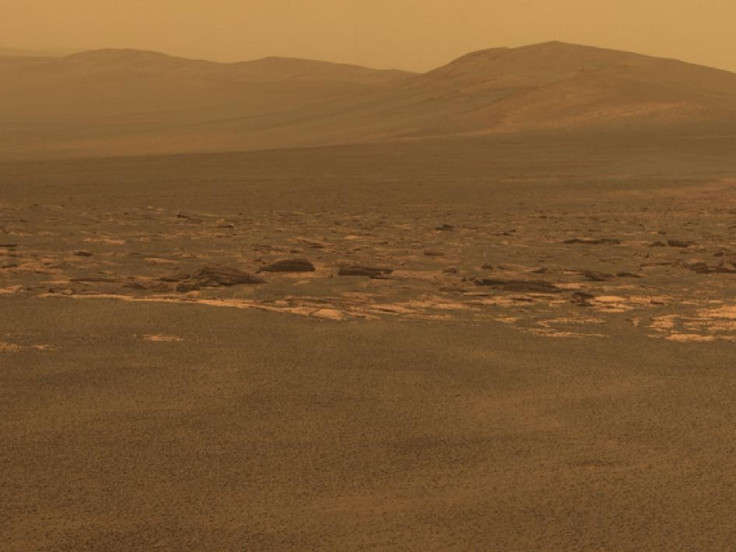Suitcase-Sized Nuclear Reactors Could Power Mars in Future (VIDEO)

When you go to Mars for living in distant future, where will you get the power from? Scientists may have possibly found an answer in the form of nuclear reactors and that too in the size of a suitcase.
Imagine a nuclear reactor without cooling towers, large land and hundreds of workers. Scientists are working on compact nuclear power plants based on fission power technology for settlements on the Moon and Mars.
A fission power system is a compact, reliable, safe system that may be critical to the establishment of outposts or habitats on other planets. Fission power technology can be applied on Earth's Moon, on Mars, or wherever NASA sees the need for continuous power.
If found feasible, nuclear reactors could be used as a main source of power during space explorations as it would collect energy from the sun and provide power to future lunar, space and Martian bases.
Scientists say a fission power system on the Moon could generate 40 kilowatts or more of electric power, approximately the same amount of energy needed to power eight houses on Earth. In addition, a fission power system could operate in a variety of locations such as in craters, canyons or caves.
People would never recognize the fission power system as a nuclear power reactor, said James Werner at the National Meeting & Exposition of the American Chemical Society (ACS).
The reactor itself may be about 1 ½ feet wide by 2 ½ feet high, about the size of a carry-on suitcase. There are no cooling towers, added Werner, whose team is scheduled to build a technology demonstration unit in 2012.
Nuclear reactors score over sunlight and fuel cells, which were used for generating electricity for space missions in the past, as they could produce energy in any environment and could support manned outposts on other planets or moons.
The biggest difference between solar and nuclear reactors is that nuclear reactors can produce power in any environment, Werner said. Fission power technology doesn't rely on sunlight, making it able to produce large, steady amounts of power at night or in harsh environments like those found on the Moon or Mars.
The project is coordinated between the National Aeronautics and Space Administration (NASA) and the U.S. Department of Energy (DOE). Werner leads the DOE's Idaho National Laboratory involvement in this effort.
The main point is that nuclear power has the ability to provide a power-rich environment to the astronauts or science packages anywhere in our solar system and that this technology is mature, affordable and safe to use, Werner said.
Fission power systems rely on energy generated from nuclear fission. Nuclear fission works by splitting uranium atoms to generate heat that is then converted into electric power. The primary components of a fission power system are similar to those found in the commercial reactors currently in use: a heat source, power conversion, heat rejection and power conditioning and distribution.
Werner added that despite the similarities in components, fission power systems for space applications feature a number of differences compared with commercial reactors.
While the physics are the same, the low power levels, control of the reactor and the material used for neutron reflection back into the core are completely different, Werner said. Weight is also a significant factor that must be minimized in a space reactor that is not considered in a commercial reactor.
Following video explains about nuclear reactors in Moon and Mars:
© Copyright IBTimes 2024. All rights reserved.





















